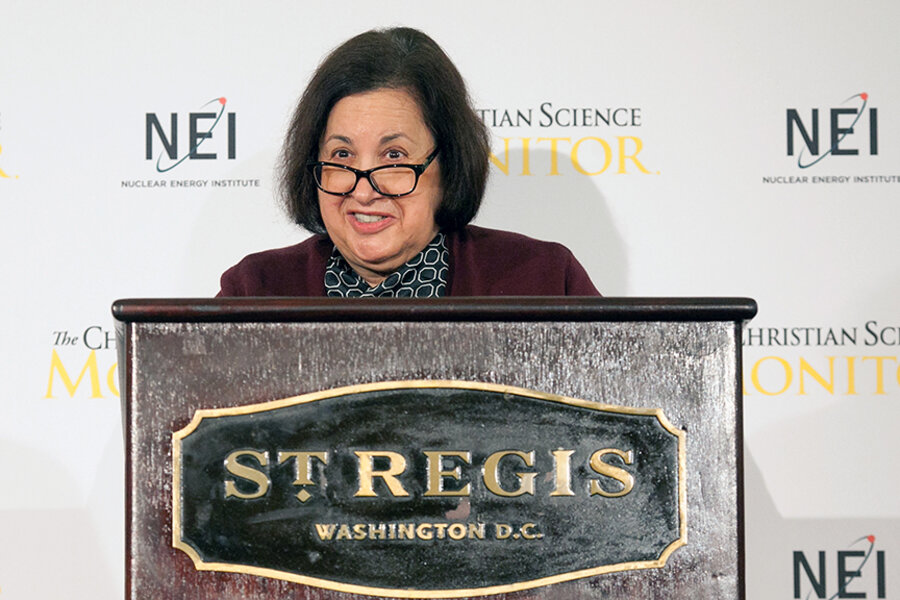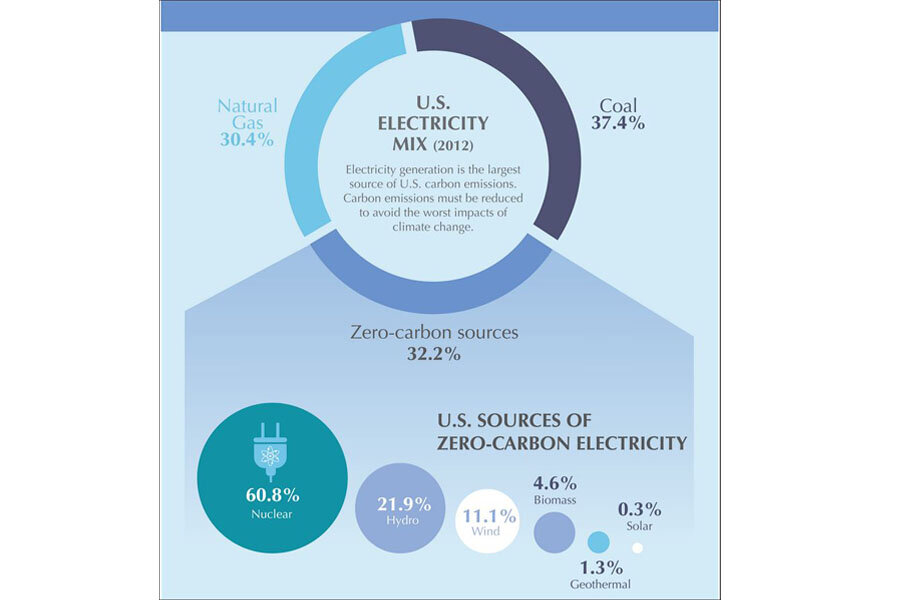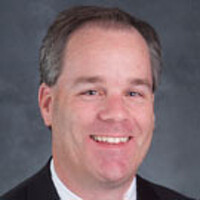Why nuclear will sustain our low-carbon future
Loading...
Changing the world from consuming 70 percent fossil fuels to 80 percent low-carbon energy would be hard enough.
But we’re going to make that transition even as global energy demand nearly doubles in the next three decades.
What links our aspirations of a greener energy future with the need to sustain global growth is simple: nuclear energy.
As America and the world look to cap an eventful year in climate policy, the time to think about nuclear energy’s role in our global energy future is now.
When negotiators arrive for the Paris climate talks in December, they will attempt to hammer out a pact to slash carbon emissions such that global temperatures don’t rise more than 2 degrees Celsius by 2050. Negotiating a binding agreement on how nations will reduce carbon emissions would be the first of its kind.
In the United States, the Obama administration’s Clean Power Plan aims to reduce emissions from power plants by one-third by 2030. That’s like eliminating emissions from three in four of the nation’s cars in the next 15 years.
Clearly, this is an ambitious goal. Industry is working with the Environmental Protection Agency and state environmental officials as they develop compliance plans to meet this challenge. Nearly 100 existing reactors and new nuclear plants scheduled to come online by 2020 are vital to a lower carbon electricity portfolio.
To see where we’re going, let’s first remember where we stand today. Nuclear energy provides more than 60 percent of America’s carbon-free electricity. Without nuclear energy, the Clean Power Plan falls apart. (Globally, nuclear energy accounts for one-third of all carbon-free electricity generation.)
The role of nuclear energy in the Clean Power Plan has been acknowledged by everyone from Energy Secretary Ernie Moniz to Environmental Protection Agency Administrator Gina McCarthy. Even though renewable sources like wind and solar are growing every year, they can’t provide the scale and reliability needed to power our digital economy. If global electricity demand doubles by 2050, as some estimates expect, we’re going to need every available carbon-free technology to achieve our energy and climate goals.
How can nuclear help bridge the gap between our present situation and our future commitments?
First, keeping current nuclear plants online means we won’t regress in our pursuit of low-carbon energy. When the Pilgrim nuclear power plant in Massachusetts closes prematurely by 2019, it will roughly quadruple the commonwealth’s obligation under the Clean Power Plan. (Massachusetts would have to quadruple its production of renewable energy to replace Pilgrim’s current contribution of no-carbon energy). When the Kewaunee Power Plant in Wisconsin powered down in 2013, the loss of clean-air electricity was tantamount to adding carbon emissions from 850,000 cars.
Why is this happening? Even as our carbon emissions requirements grow more stringent, regional and even some federal electricity market issues are forcing the shutdown of existing reactors because they can't compete with low natural gas prices and markets engineered by flawed energy policy.
But even more lasting than fixing regional and federal energy policy will be technological advancement that will make nuclear energy even more sustainable and flexible.
Today, each one of the world’s nuclear reactors serves more than 700,000 homes. How do we scale nuclear technology down to meet smaller electricity demand and, in a key concern for the developing world, build power sources with less capital?
Innovators like NuScale are developing small-scale reactor designs less than one-third the size of today’s large reactors, making nuclear energy available to developing countries. “Generation IV” reactors represent the industry’s most advanced research and development and could come online as early 2035. Some of these designs could use spent nuclear fuel to power them and utilize different cooling mechanisms for even more efficient power generation.
What could halt the adoption of nuclear energy technology globally? The bottom line is that under any carbon-reducing regime that comes out of the Paris talks, countries should have the flexibility to add any and all carbon free technologies – and the ability to finance those technologies – in order to achieve their emission-reduction targets.
The one source of energy that is compatible with renewables and provides reliable, large-scale and carbon-free electricity is nuclear energy. As American regulators and global negotiators look to their low-carbon future, they would do well to remember this bedrock of tomorrow’s clean power generation.










